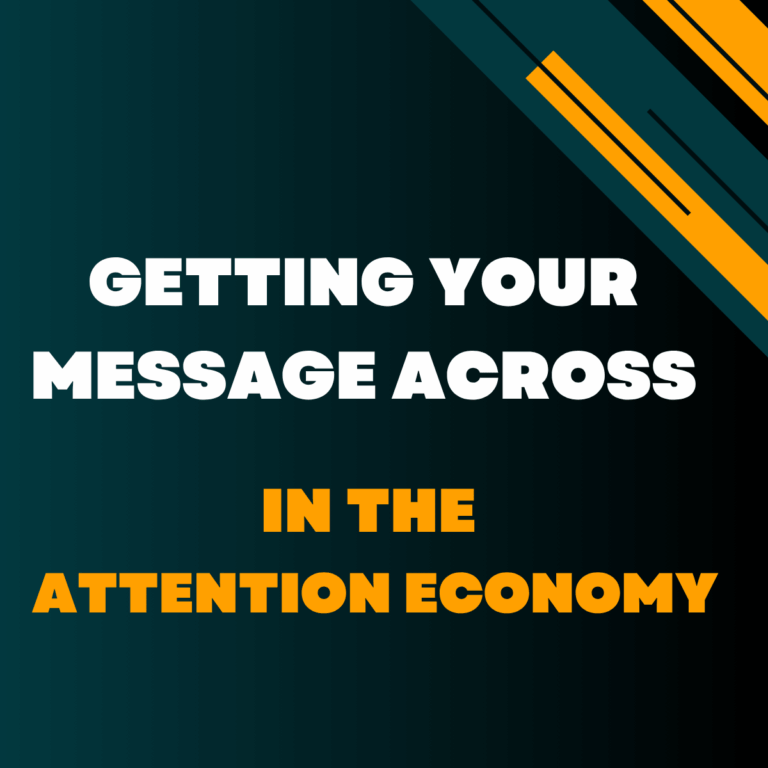Finding a Stronger Path to Persuasion
It’s one of the most confounding dynamics in nonprofit messaging. For well over a decade, two things have been true about climate change:
- It has appeared at or very near the top of the list when progressive supporters are asked about the “most important issues” facing the country and the world.
- Yet, in most cases, the issue has failed to produce fundraising results anything close to matching peoples’ perception of the issue’s importance.
So what gives? Why the gap and how can we close it?
Are We Leaning Too Heavily on Fear?
“My message is that if we do not care about the climate crisis and if we do not act now then almost no other question is going to matter in the future.” – Greta Thunberg
The reality of climate change is frightening almost beyond comprehension. A recent Washington Post story described our world being at “a scary and unprecedented moment in human history, in which the very existence of our civilization is at stake.”
Let’s acknowledge this right from the start. Finding a way to communicate authentically about the climate crisis while still motivating people to act is perhaps the most difficult nonprofit messaging challenge of our time.
Here’s how climate action advocate Kathryn Murdoch states a key concern. “If you keep pushing that fear button over and over and over again, it stops working. And people start saying ‘I don’t think about it anymore. It’s too hard. It’s too scary. And I don’t know what I can do anymore.”
In an earlier memo about a steady diet of fear messaging in this year’s elections, we noted the advice of Robert Cialdini, a leading expert on the science of persuasion. It’s even more relevant here. Cialdini reminds us that “fear-arousing communications generally stimulate the audience to take action to reduce the threat.” But he points to one crucial exception.
“When the fear producing message describes danger but the audience is not told of clear, specific, effective means of reducing the danger, they may deal with the fear by ‘blocking out’ the message or denying that it applies to them. As a result, they may indeed be paralyzed into taking no action at all.” (Emphasis added.)
Increasing Emphasis on More Optimistic Framing
Environmental groups and others have long struggled to find the balance between dire warnings and more hopeful signs of progress. But we are seeing a number of high-profile efforts to advance more positive framing on climate change.
- Bill Weir, CNN’s chief climate correspondent, just released a new book titled Life As We Know It (Can Be): Stories of People, Climate and Hope in A Changing World.
- A currently-airing six-part PBS series, A Brief History of the Future, offers insights into “our futures and how we can reimagine them.” It’s co-produced by the previously quoted Kathryn Murdoch and has a heavy emphasis on climate.
- And the second season is underway on The Anti-Dread Climate Podcast out of KCRW, the Los Angeles area NPR station.


Compare these two sentences:
“The world as we know it is on borrowed time. Soon we will be facing consequences that will be devastating, far-reaching and irreversible. Each of us has to do everything we can to prevent that from happening.”
“It’s unconscionable and infuriating that the fossil fuel industry and powerful politicians are blocking action that can prevent a climate change disaster with devastating, far-reaching and irreversible consequences. We can’t let them get away with it.”
Fear can immobilize people. Anger can motivate them.

Too often, messaging choices are thought of as binary. Do I go with hope or lean into despair? Do I emphasize the problem or focus on the solution? That’s rarely the right way to think about your framing.
People act when our messages create tension – especially tension they feel pressured to resolve. Negative emotions are often the best way to build that tension. But the real art is taking those negative emotions and transforming them into positive emotional energy.
So, talking about corrupt giant companies using deceit to deny climate change and timid politicians failing to rise to the occasion while climate change disrupts peoples’ lives can create the negative emotions.
But, we can’t stop there, leaving people to believe nothing can be done to prevent the havoc these forces are creating. Our most persuasive messages will take peoples’ anger and frustration and transform it into positive energy built around a vision of a brighter future that leaves those forces in the rearview mirror.

One thing is for certain. There’s no room for “No worries, we’ve got this” happy talk on climate change. People get that the problem is enormous and the challenges are deep. Authentic conversations have to start there. People will rightly scoff at any messaging that tries to undersell the effort and commitment it’s going to take for climate action to succeed.
But that realism has to be paired with a sense of hard-earned confidence. To borrow a metaphor from the hosts of the Anti-Dread Climate Podcast, we won’t get very far inviting people to join us on a sinking ship. We need to enlist them in a determined effort to sail our ship into a safer, brighter future.

Powerful social movements feature organizations and leaders that cover a lot of ground and don’t all sing from the same songbook. Success comes when some actors push relentlessly for more progress, never satisfied with what’s been done so far, while others acknowledge and affirm hopeful developments and less than complete victories.
We need groups welcoming the Inflation Reduction Act as the largest climate change investment a government has ever made. And we need others making clear that it’s just a small step compared to how much more needs to be done.
Every climate change actor needs to decide where they belong on that continuum and to occupy that space accordingly.








